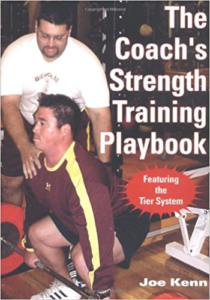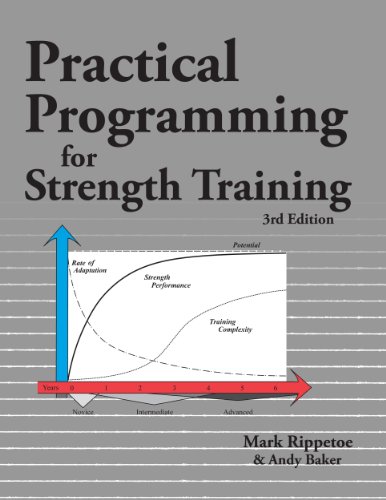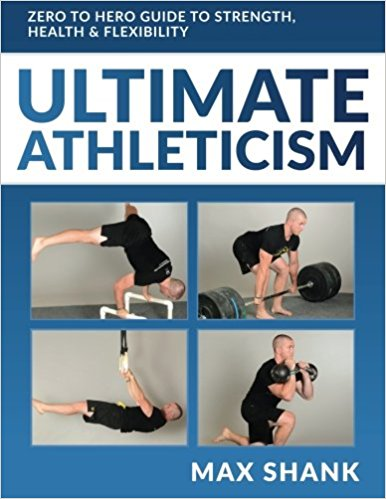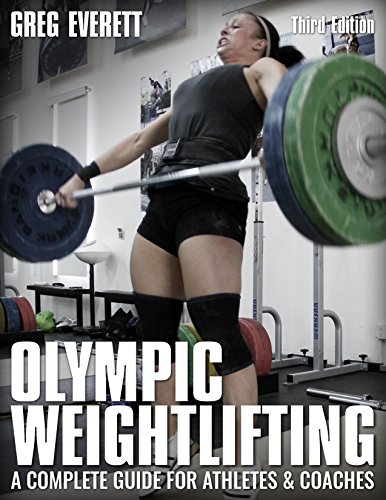Strength Training – Where to start?
As one gains more knowledge (or wisdom), one also forgets how it is to be a beginner. The concept of MVP (Minimum Viable Product) can also be very useful in this particular situation as well. In short, rather than trying to cover all the nitty-gritty scientific and pragmatic details, provide minimum viable advice to beginners. Even if they are not the most scientific, even if you do not portray all the complexities and ‘it depends’ factors, even if you know you are doing a white lies, provide something they can start with, or get the ball rolling.
With over 500 articles on Complementary Training, it can be quite hard for someone new to figure out ‘where to start’. For this reason, I am in the process of writing a book and trying to outline everything training related in an MVP fashion. But in the meantime, I will try to write a few ‘where to start’ articles for someone starting up.
When it comes to strength training, I have a few books I can recommend. These are by no means ‘beginner’ books. Au contraire – they are great source of practical knowledge. This brings me to the famous Bruce Lee quote:
”Before I learned the art, a punch was just a punch, and a kick, just a kick. After I learned the art, a punch was no longer a punch, a kick, no longer a kick. Now that I understand the art, a punch is just a punch and a kick is just a kick”.
This quote outlines three stages of gaining knowledge:
- Stage 1: Sense data, ignorance and confusion
- Stage 2: Analysis, categorization, connection, formalization
- Stage 3: Quintessence, understanding, internalization
Stage one in strength training goes something like this “Dude, I just go and lift in the gym”.
Stage two is more analytical, when you realize there is much more to it. You start figuring out the exercise variations, EMG studies, force plates, periodization models, progression and so forth.
Stage three is pretty much getting back to “Dude, I just go and lift in the gym”. Unfortunately, I do not think you can jump from Stage one to Stage three – you need to pay your dues.
But anyway, I believe that the following book recommendations will bridge the gap between stage one and three. Just keep in mind that you still need to read Zatsiorsky, Verkhoshansky, Siff and Issurin.

Coach’s Strength Training Playbook by Joe Kenn
This is a fantastic book if you are interested in ‘athletic strength training’. Also, a little bird told me that Joe is working on the second edition. I moved past strict Tier workout organization, but ‘beginners’ need ‘structure’ to help them learn and plan training, and later on, they can become more loose. For this reason, Joe’s book is a fantastic starting point that will direct you on the right path.

Advances in Functional Training by Mike Boyle
Continuing on the topic of ‘athletic strength training’ (or should I use ‘functional strength’), I don’t think there is a better book that addresses all the nitty gritty stuff you need to keep in mind when designing that type of program.

Beyond 5/3/1 by Jim Wendler
All books written by Jim as worth reading, but I believe this one has the most meat. This is a very simple, yet effective training program, but besides that, you will learn time tested principles of training program design.

Practical Programming by Mark Rippetoe
This was one of the most influential books on my strength training programming philosophy (and still is). It is fantastic in outlining phases of the lifter and what it takes to progress at each stage. I believe it is a bit ‘mechanical’ and assumes predictability, but the planning heuristics outlined in it are still very true. It is not geared toward someone playing a full time sport, so take it with grain of salt.

Easy Strength by Dan John and Pavel Tsatsouline
To be honest, I didn’t know which Dan John’s book to put here, so I decided to go with this one. You can follow with Interventions. Easy Strength book is great starting point in showing the unique philosophy of these fine gentlemen. It is full of life-worth-of-lifting wisdom nuggets and it will equip you with the right mindset for training in general.

Ultimate Athleticism by Max Shank
This is a great little book that combines bodyweight training with strength training. Max did a fantastic job of combining these two.

Olympic Weightlifting by Gregg Everett
This is fantastic book, that cover exercise technique of various lifts besides Olympic lifts. Even if you do not plan performing olympic lifting variations, this book should be in your library.
My Stuff
The article series Planning Strength Training, especially the last part of that series Planning Strength Training: The Addendum, provide comprehensive overview of the above books (more or less). The recent chapters from my upcoming book also cover strength training planning (Physical Preparation for Team Sports: Establishing 1RMs, Physical Preparation for Team Sports: Establishing 1RMs (Addendum), Strength Training Categorization – Part 1, Strength Training Categorization – Part 2: Categorization of Exercises) as well as the recent videos (Framework for Analyzing & Planning the Strength Training, Framework for Analyzing & Planning the Strength Training: Progression vs Adaptation). I will soon be publishing the rest of the chapter regarding strength training of the upcoming book.
Also make sure to check Strength Card Builder which allows you to easily write programs for individual athlete or team of athletes and quickly create printout cards.











Responses